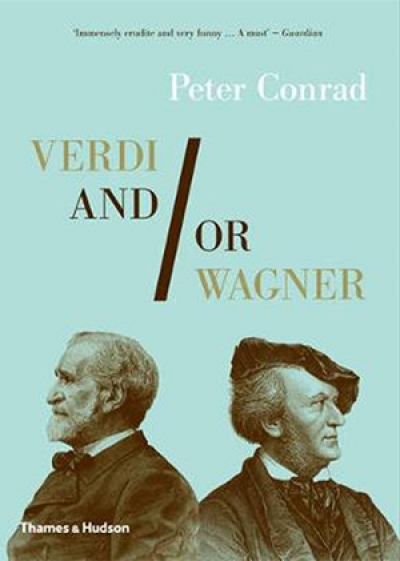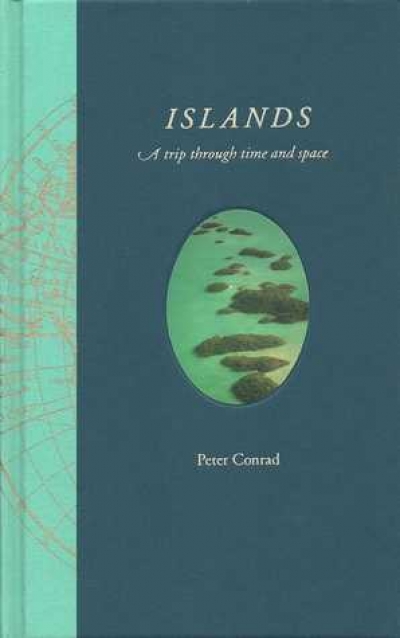Peter Conrad
The Mysteries of Cinema: Movies and imagination by Peter Conrad
Verdi and/or Wagner by Peter Conrad & Great Wagner Conductors by Jonathan Brown
Why do you write?
It’s the one thing I know how to do. I could never catch a ball when I was a kid, couldn’t balance on a bike, can’t drive a car – not to mention other inadequacies. It’s a relief to think that I have one area of competence, relatively speaking.
Are you a vivid dreamer?
My specialty is ghastly nightmares. In order to dream, I’d probably need to sleep more hours than I usually manage. I hate the sight of the digital clock announcing three a.m.
... (read more)Tales Of Two Hemispheres: Boyer Lectures 2004 by Peter Conrad
We’ve been hectored by Miss Greer and savaged by Mr Hughes, but, like Goldilocks with the three bears’ bowls of porridge, Mr Conrad loves us just right. His book At Home in Australia is a collaboration between the National Gallery of Australia and Thames & Hudson, and more particularly between himself and Gael Newton, the gallery’s Senior Curator of Photography, who rang him in London with an invitation to write a book about the gallery’s photography collection.
... (read more)As mouths go, it must be one of the most fabled of the century past. The lips, as widely parted as they could be, suggest the contours of a distended heart. There is an upper gallery of teeth, slightly imperfect, and glazed by spittle mingling with the crystal darts and droplets of a powerful jet of water issuing relentlessly from above the face. A mottled tongue is ...










